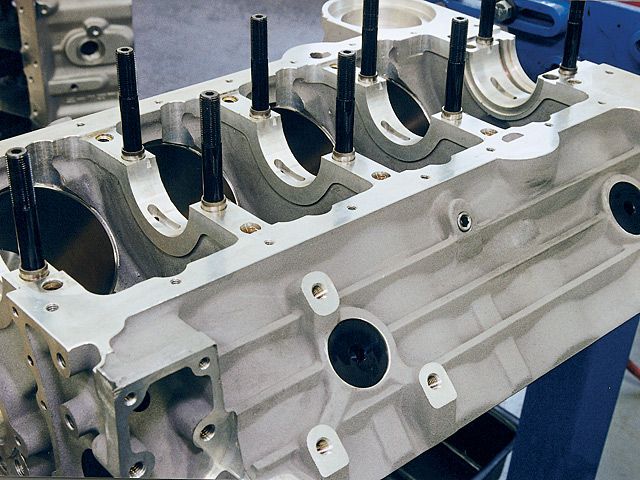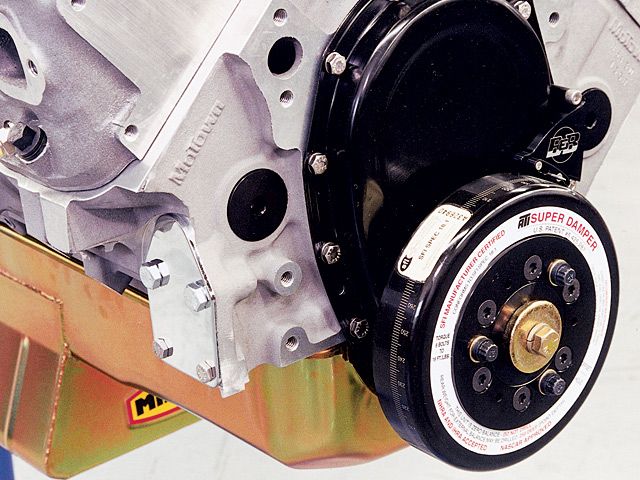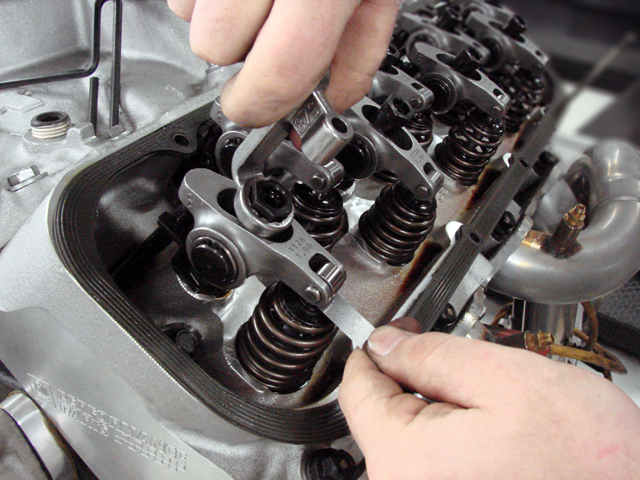Chevy Small Block Testing - Legendary Small-Block Shootout
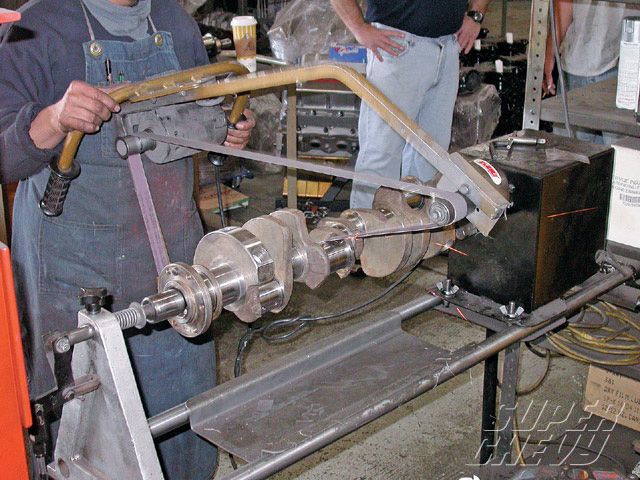
Flow numbers and port volumes indicate that a set of 492 heads is fundamentally identical to a set of (big-valve) 461, 186, 041 or 040 castings. Having run a number of these heads on the flow bench and through various small-block build ups, they produce near-identical power numbers. In fact, you're likely to see as much or more power differences between two sets of the same casting numbers (given core shift and production tolerances) than two different castings.
Rather than opt for the restoration, our original game plan was to build three 11.0:1 short-blocks using the various stroke combinations and top them with the same 492 head castings. You might be wondering how the 302, 327 and 350 all share the same 11.0:1 compression ratio, given the use of the same 64cc combustion chambers and decidedly different stroke lengths. All of the small-blocks originally featured 5.7-inch connecting rods, but the difference in stroke was made up by a change in compression height of the pistons. The 3-inch stroke 302 originally featured a 1.80 compression height, while the 327 and 350 featured compression heights of 1.675 and 1.56, respectively. Since the static compression ratio is a function of the displacement (bore and stroke), the smaller-displacement 302 featured a taller piston dome than the 327 and 350 to achieve the same 11.0:1 compression.
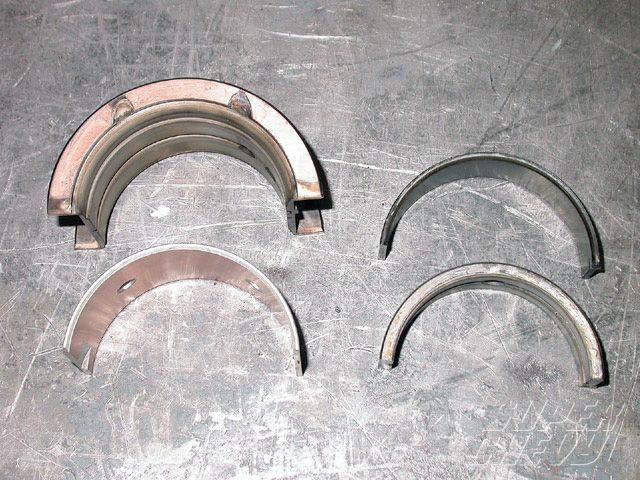
Our short-blocks were likewise equipped, but because of the pricing and availability of the original forged pistons, we opted to equip all three short blocks with 6.0-inch connecting rods. This allowed us to reach our goal of 11.0:1 compression on each combination with the use of (nearly off-the-shelf) Probe Racing forged pistons. By altering compression heights, Probe was able to produce three different dome pistons for each of the combinations. The 302 required 12.5cc domes, the 327 just 7.5cc and the 350 produced the requisite 11.0:1 compression with just 2.5cc domes.
The three short-blocks were assembled using crankshafts from different sources. The 302 featured a steel 283 crank courtesy of L&R Automotive, ditto for the 3.25-stroke, cast crank used in the 327. The 327 crank was a large journal so it dropped right into the large-journal 350 block, but the early 283 crank was of the small-journal variety. The cure was to utilize bearing spacers from Clevite, which allowed the installation of the small-journal 283 crank into the large-journal block.
The blocks sourced by L&R Automotive included a trio of 4-bolt blocks. After machining (thanks again to L&R), the blocks were stuffed with balanced assemblies including the proper cranks, 6.0-inch, H-beam rods from Pro Comp (small journal rods from Crower for the 283) and Probe Racing forged pistons. Also included in each were high-volume oil pumps, HD pump shafts and main studs, all from Pro Comp. The L76 327 and DZ 302 were equipped with Elgin factory reproduction, solid flat-tappet (single-pattern) cams that speced out at 0.484 lift, 254 degrees of duration (at .050) and a 114 degree lobe separation angle (the Duntov 30-30). The LT-1 received a dual-pattern cam offering a 0.459/0.485 lift split, a 242/254 duration split and a slightly wider 116 degree lobe separation angle. The cams were run with Comp Cams double-roller timing chains, 6.75-inch (neutral) dampers and factory front covers and oil pans.

